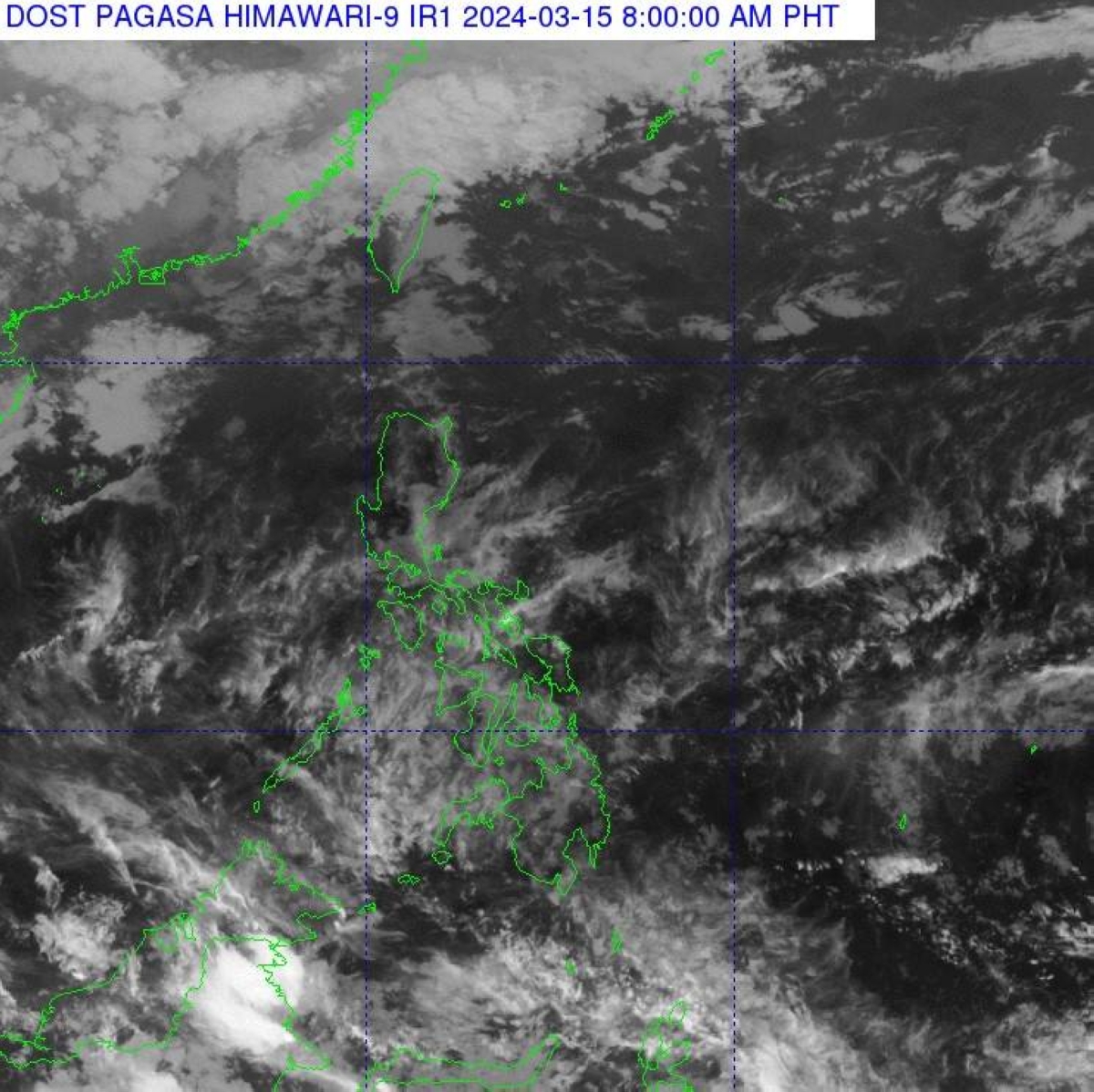Weather Update in Manila, Philippines
The state-run weather agency in the Philippines, known as the Philippine Atmospheric Geophysical and Astronomical Services Administration (PAGASA), reported on Friday the presence of cloud formations over Mindanao. These clouds were expected to bring rain to the area.
PAGASA’s weather specialist, Benison Estareja, stated that while the cloud clusters were present, they were unlikely to develop into a low-pressure area. Estareja further explained that there are currently four weather systems affecting the country: the northeast monsoon, locally known as ‘amihan’, shear line, easterlies, and localized thunderstorms.
Weather Systems Affecting the Philippines
The northeast monsoon, or ‘amihan’, is bringing isolated light rains to various areas in Northern Luzon, including Batanes, Cagayan, Ilocos Region, and Cordillera Administrative Region.
The shear line, where hot and cold air converge, is affecting Aurora, Quezon, and Camarines Norte. These areas can expect overcast skies with scattered downpours and thunderstorms.
Additionally, the combined effects of the easterlies and localized thunderstorms are impacting Metro Manila and the rest of the country. Within the next 24 hours, these areas can expect partly cloudy to cloudy skies with scattered rain showers or thunderstorms.
Localized Weather Patterns and their Impact
Understanding the localized weather patterns in the Philippines is crucial for residents and visitors alike. The northeast monsoon, or ‘amihan’, typically occurs during the months of November to March. It brings cooler temperatures and occasional light rains to the northern part of the country.
The shear line, on the other hand, is a common weather phenomenon during the transition period between the northeast monsoon and the easterlies. It occurs when a boundary forms between the warm and cold air masses, leading to the development of clouds, rain, and thunderstorms in specific areas.
Easterlies refer to the prevailing winds coming from the east, which bring warm and moist air to the Philippines. When combined with localized thunderstorms, these weather systems can result in unpredictable and sporadic rain showers or thunderstorms throughout the country.
Weather Preparedness and Safety
Given the dynamic nature of the weather systems in the Philippines, it is essential to stay updated with the latest weather advisories from PAGASA. This will help individuals and communities prepare for any potential disruptions or hazards caused by heavy rain, strong winds, or thunderstorms.
During periods of inclement weather, it is advisable to take necessary precautions such as carrying an umbrella or raincoat, avoiding flood-prone areas, and staying indoors if thunderstorms are present. It is also important to stay informed about any local laws or customs related to weather emergencies and follow the guidance of local authorities.
By staying informed and prepared, residents and visitors can navigate the ever-changing weather conditions in the Philippines with confidence and ensure their safety and well-being.







